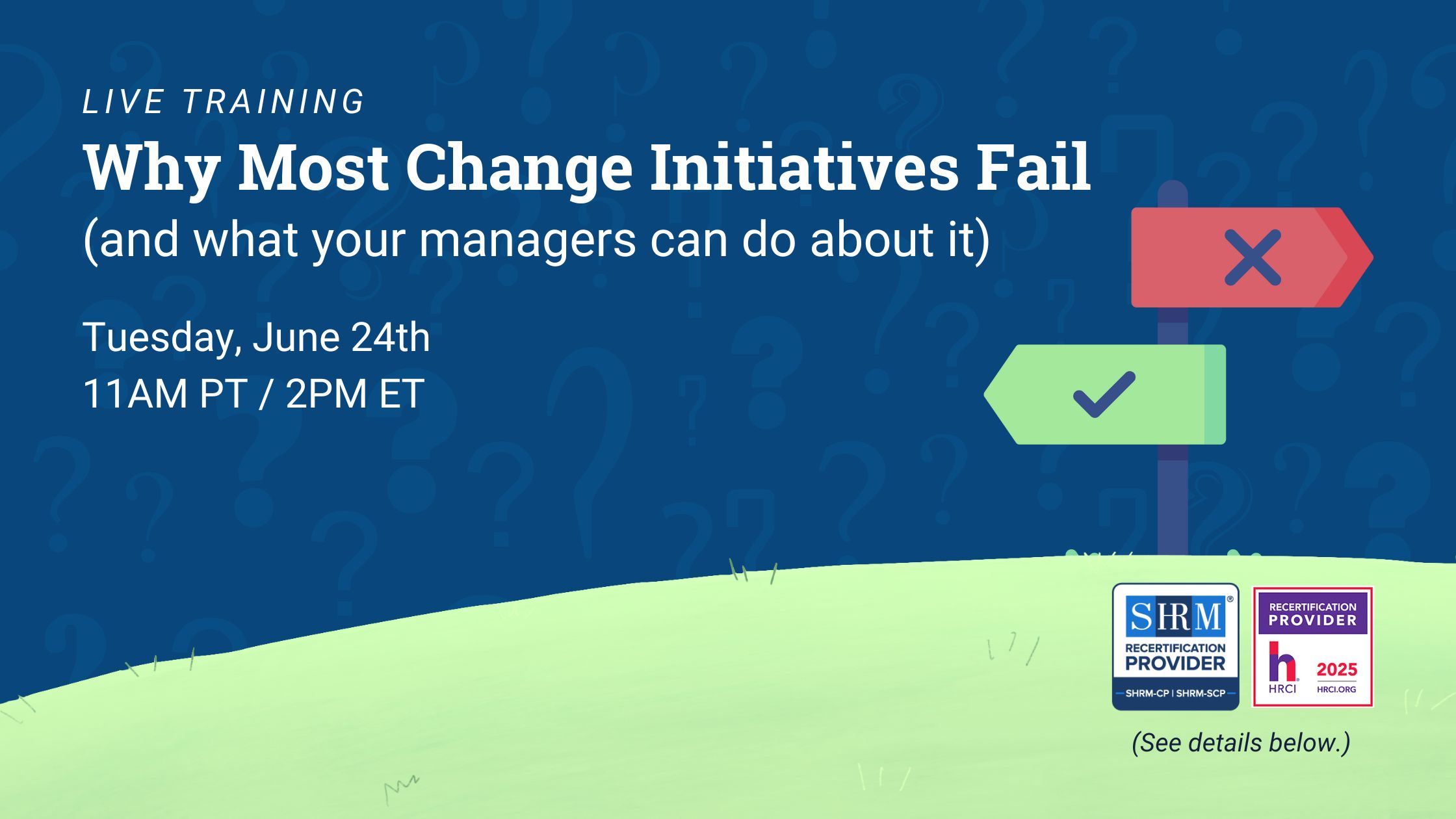With many poorly executed layoffs going viral, some organizations have received negative press for hiring new employees shortly after letting others go. This is not only a bad business practice; it can also waste money and other resources in hiring, onboarding new employees, and severance for those let go. There can also be legal ramifications if not handled properly. But those layoffs and the simultaneous need to find talent could be prevented with proper planning and investment in processes and tools that enable workforce redeployment.In this article, we’ll discuss:
- What is workforce redeployment?
- Can redeployment prevent layoffs?
- What are the benefits of redeployment?
- How can workforce redeployment be facilitated?
What Is Workforce Redeployment?
Workforce redeployment is a strategy to optimize staffing by moving employees into different roles within the company based on the organization’s needs. It is also known as internal mobility.
Can Redeployment Prevent Layoffs?
When an organization has a process in place that makes it easy to have a right-sized workforce, layoffs can be prevented. An agile company consisting of employees with diverse skill sets, cross-department training and transparency around open positions can minimize the need to acquire outside talent. And when cost-cutting is needed, it is easier to find ways to employ internal talent in new ways that will help the business move forward instead of eliminating them.
 What Are the Benefits of Redeployment?
What Are the Benefits of Redeployment?
Redeploying employees whose positions are eliminated serves an organization in multiple ways.
Workforce redeployment saves money and resources and increases retention
Hiring consists of various costs (both monetary and human) to recruit, onboard, and train new employees. When hiring is done shortly after a layoff, there are additional costs to the brand.
Remaining employees may resent needing to train new employees after seeing their former colleagues let go. They may also be short on time after assuming more responsibility in the wake of the layoffs. Layoffs add to employees’ stress and the time after a reduction event can be one where voluntary turnover increases.
Retaining employees by moving them into other positions where their skills and experience are needed is a way to not only avoid layoffs, but also to support a positive company culture. Employees whose talents are nurtured and developed are more likely to stay loyal to an organization.
It retains knowledge and experience within your organization
Layoffs can come at the expense of lost knowledge. Employees are valuable not only for the talent they bring to your organization, but also for the knowledge and experience they acquire while they are with you. While hiring externally can involve time to bring someone up-to-speed on practices, products, and processes, redeploying internal talent allows other areas of the business to benefit from insights gained during their tenure with you.
It protects your employer brand
Layoffs can damage an employer brand in a few ways, no matter how they are conducted. Laid-off employees and those remaining may criticize the company in social media and in Glassdoor reviews, tarnishing the employer’s reputation. One recent study showed that more than 50% of Americans would reconsider buying from a brand that badly managed a layoff. Rehiring shortly after a layoff can multiply these impacts. Redeploying employees within the organization is a more favorable option for all concerned.
 How Can Workplace Redeployment Be Facilitated?
How Can Workplace Redeployment Be Facilitated?
Workplace redeployment can be made possible with a culture of mobility. This type of workplace culture includes the following:
- Transparency around open positions, and allowing employees to have the first opportunity to apply
- Enabling employees to move both laterally and vertically within the organization
- Offering career development opportunities, such as career coaching, upskilling coursework, inter-departmental projects, and mentorships
- Supporting managers by nurturing an internal talent pool and recognizing them for developing their direct reports
Workforce Redeployment Can Prevent Layoffs
As discussed in this article, layoffs can be prevented with processes to redeploy employees. By creating an agile workforce, you can retain knowledge and experience, reduce hiring costs, and nimbly navigate efforts to save expenses. And by doing so, you can also preserve your employer and consumer brand reputations.INTOO helps employers of all sizes with cost-effective solutions for every stage of the employee lifecycle, including candidate experience, career development, and outplacement services. Contact us to learn how we can make a difference for you and your employees.
Robyn Kern is a seasoned business writer who has written in the HR, education, technology, and nonprofit spaces. She writes about topics including outplacement, layoffs, career development, internal mobility, candidate experience, succession planning, talent acquisition, and more, with the goal of surfacing workforce trends and educating the HR community on these key topics. Her work has been featured on hrforhr.org and trainingindustry.com.


 What Are the Benefits of Redeployment?
What Are the Benefits of Redeployment? How Can Workplace Redeployment Be Facilitated?
How Can Workplace Redeployment Be Facilitated?








